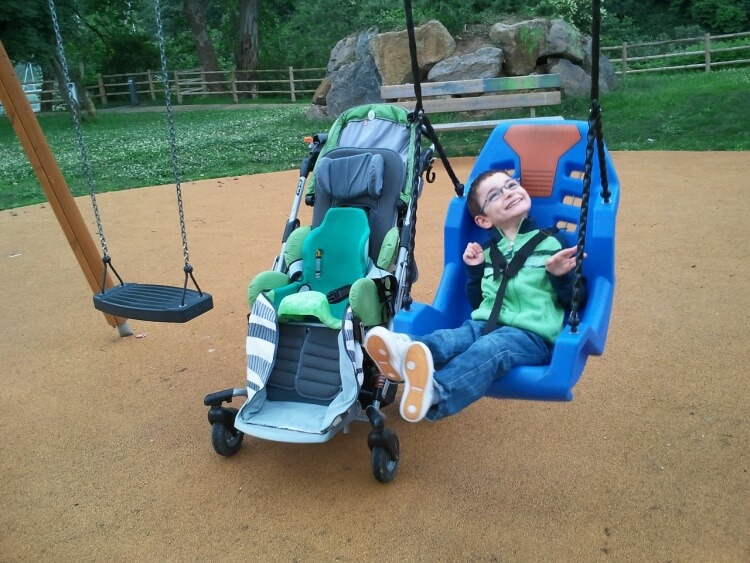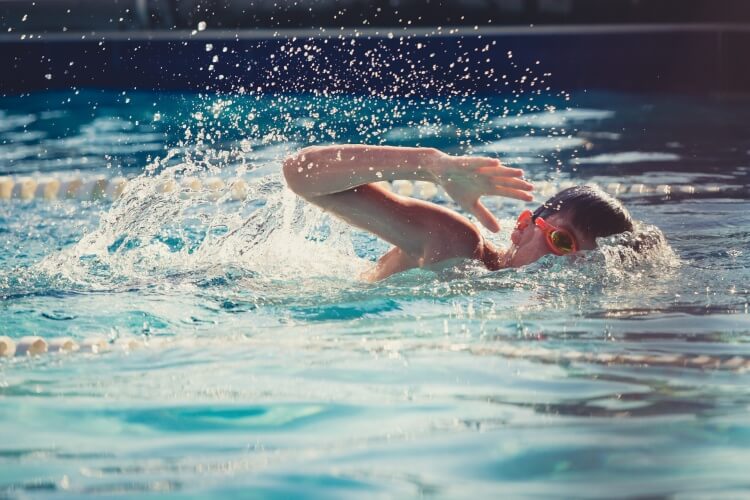This article presents some of the main guidelines mandated by the Architecture Barrier Act 1968 (ABA) and American with Disabilities Act 1990 (ADA), as well as suggestions to make the physical education environment compliant with the laws. These laws work together to help ensure buildings are readily accessible and services are readily achievable.
Between 1968-2008 amendments were made to improve the law’s ability to meet the unique needs of people with disabilities. However, following the “letter of the law” and the “intent” of the law is not the same. Accessibility is more than ramps, parking spaces, and dimensions of restrooms. Accessibility also impacts equipment, playing fields, pathways, programs, and polices that all contribute to the environment promoting equal access. We encourage all physical educators to go beyond what is legally required and make real changes that allow all students with disabilities full access and enjoyment in physical education.
When thinking about accessibility it’s important ask yourself, “Can a student who uses a wheelchair, access and participate in the activity?” If a students who uses a wheelchair either manual or battery powered can participate successfully, then the environment should be appropriate for all levels of disability. However, if the answer is “No,” then your program or services are not readily achievable and accessible to all.




